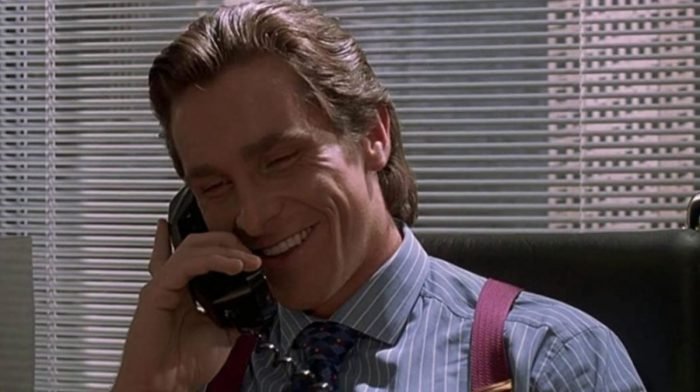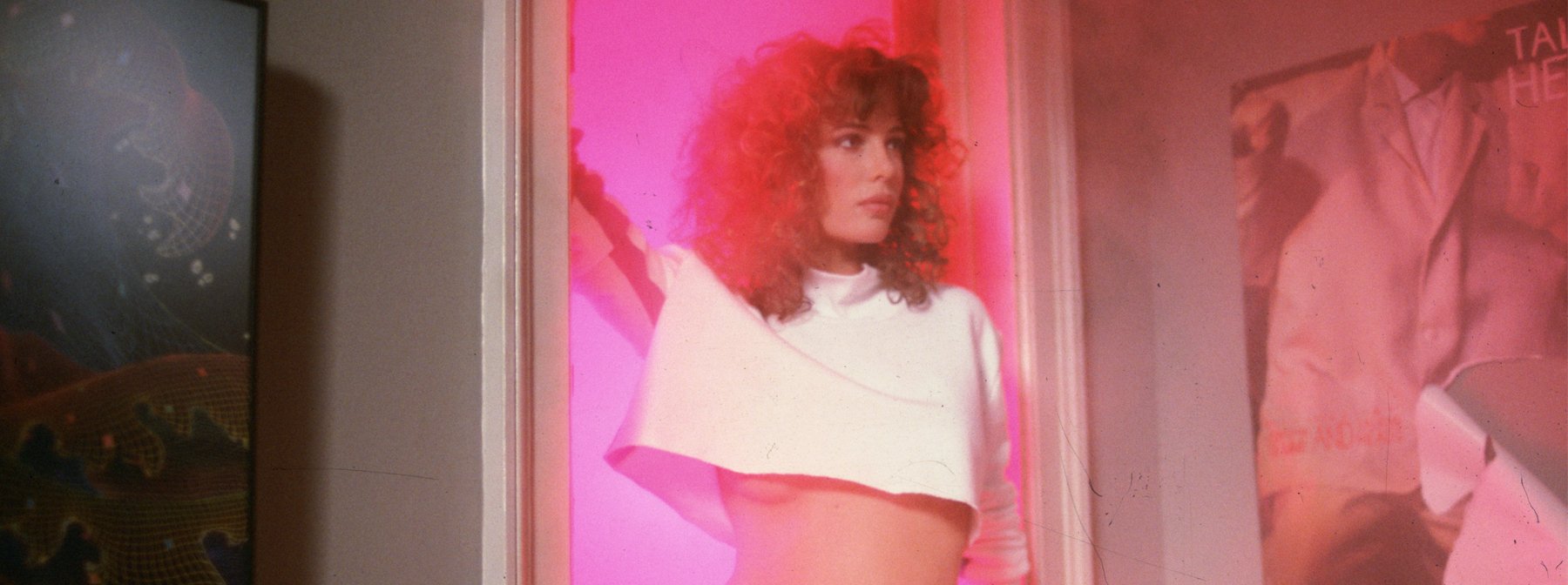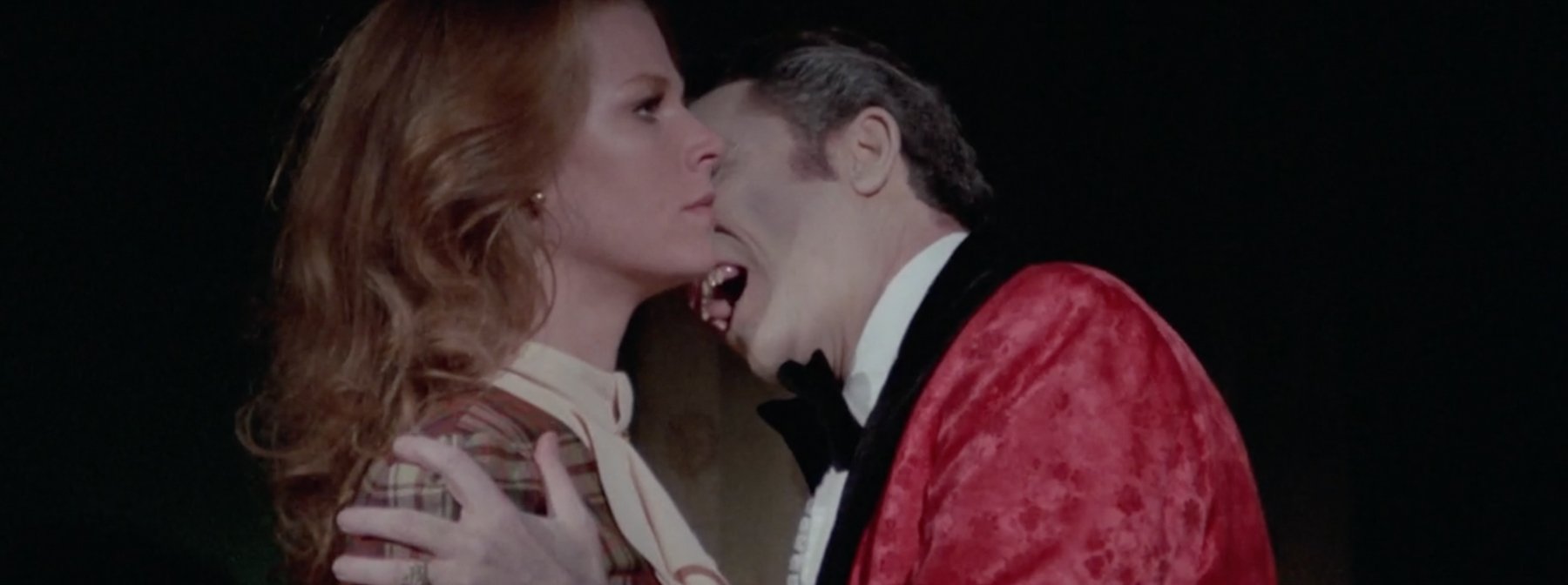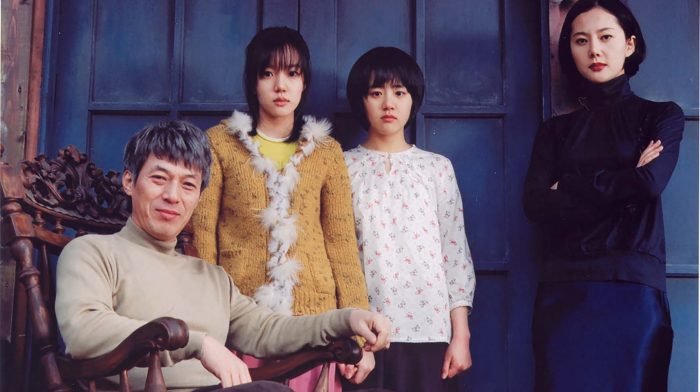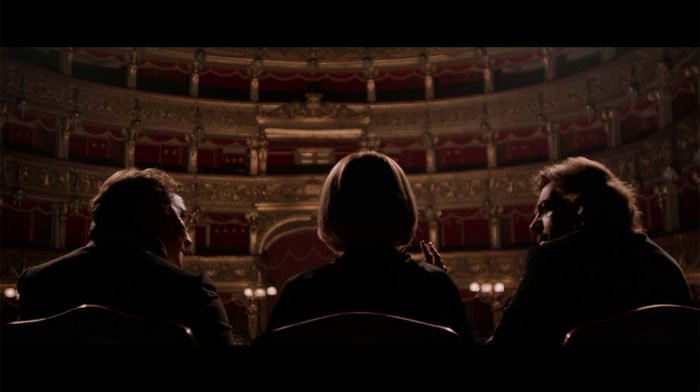An elegiac phrase, “Sweets to the Sweet,” is spattered across the graffitied walls in Bernard Rose’s Candyman (1992). The wording is borrowed from Shakespeare’s “Hamlet,” referencing a bouquet of funeral flowers scattered across the grave of Hamlet’s dead ex-lover Ophelia by her mother Gertrude. Its use in the film may refer to a bevy of innocent lives allegedly taken by the fearsome titular urban legend; it may also indicate those lost to drugs, poverty, and violence in the real ghettoized neighborhood in which Candyman takes place. Rose’s thoughtful artistic and dramatic touches paint Candyman as a poetic and strangely romantic supernatural tale that uses macabre imagery and social subtext to highlight racist systematic abuses in America, featuring a transfixing villain who once suffered racially-motivated cruelties. It’s also a story of immortality achieved through cyclical victim-hood, where Candyman’s casualties perpetuate a tragic legacy soaked in “innocent blood.”
The film follows Helen Lyle (Virginia Madsen), a graduate student researching folklore and urban legends for a master’s thesis. She’s drawn into the myth of Candyman (Tony Todd), a murderous spirit who, according to legend, is conjured when anyone says his name five times in front of a mirror. Helen learns that Candyman was formerly Daniel Robitaille, a black artist and son of a slave who was savagely murdered a century before for a romantic relationship with the daughter of a wealthy white client. Robitaille was tortured, his right hand severed and a hook jammed into the stump, his body slathered in honeycomb, stung to death by hundreds of bees before being burned on a pyre. Daniel has returned as Candyman, clad in a shearling trench coat, with hollowed ribcage swarming with bees, and a gore-crusted hook-hand. He’s an imposing figure presiding over the destitute Cabrini-Green housing projects, whose residents function simultaneously as the demon’s vigilant congregation and his sacrificial lambs.
With the visionary director of the imaginative Paperhouse (1988) at the helm, Candyman was a refreshing entry in the genre, a mature urban gothic work that offered startling imagery and thought-provoking insights into America’s cultural landscape. The film was an adaptation of Clive Barker’s eerie short story “The Forbidden” (which appeared in the anthology “Books of Blood: Volume 5”), translated by Rose, who created an explicit backstory for Candyman, while retaining the essence of the original tale. Mining from Barker’s evocative literary foundation, Rose saw an opportunity to cultivate a dark fairy tale underscored by the sociopolitical dynamics at play. By transposing the events from the destitute (and fictional) Spector Street Estates of Barker’s hometown Liverpool to Chicago’s decaying (and very real) Cabrini-Green housing projects, Rose catapulted the discussion of Great Britain’s class divide across American racial lines. The film was enveloped in an ominous atmosphere, partially lensed in Chicago’s actual Cabrini-Green housing development.

Helen (Virginia Madsen) explores a Cabrini-Green apartment with unconventional interior design work
Candyman opens with stunning aerial views gliding over Chicago’s monolithic architecture and labyrinthine road systems. It’s a masterful way of establishing the interconnectedness of the city’s vast urban spaces, with just a few blocks separating the upscale neighborhoods of the privileged from the dilapidated housing projects of the city’s underserved. The roadways read as lines of communication–anecdotes, rumors, and secrets traveling across an expanse of concrete, infiltrating homes, classrooms, and offices. Rose expertly invokes claustrophobia, paranoia, and dread from Cabrini-Green’s neglected, isolated urban landscape. The environment elicits a similar ambiance to the destitute Spector Street Estates found in the short story, while also symbolizing the erasure of Black bodies throughout American history. Rose balances the typical portrayals of thugs and drug dealers representing Cabrini-Green’s population with appearances of working mothers and children caught in the crossfire.
Rose playfully blends several urban myths to form Candyman (repeating the name “Bloody Mary” into a mirror;” the hook-handed killer from “The Hook;” an infant in peril from “The Baby-Roast”), and is constructed in the spirit of cautionary folk and fairy tales. The structure shows the ubiquitous nature of these tales in many cultures, passed down in oral storytelling traditions. Rose intended to use the fantastical fears of Candyman as a means of coping with real word anxieties, as he explained to the Independent’s Kevin Jackson. Rose said, “What all this really goes to prove is that the tradition of oral storytelling is very much alive, especially when it’s a scary story. And the biggest urban legend of all for me was the idea that there are places in cities where you do not go, because if you go in them something dreadful will happen – not to say that there isn’t danger in ghettos and inner city areas, but the exaggerated fear of them is an urban myth.”[1] For Cabrini-Green’s residents, encountering Candyman is the only thing scarier than the financial desperation, drug addiction, and senseless violence plaguing their community.
As Helen, Virginia Madsen balances strength with vulnerability, a confident student whose privileged sense of security puts her and a colleague in danger. Helen is frustrated with her paper’s co-author Bernadette (Kasi Lemmons), who has huge reservations about traipsing around Cabrini-Green. Helen chastises Bernadette, a black woman, unaware that Helen’s own white skin offers some protection. “See, they think we’re cops,” is her response when a group of aggressive men (played by real gang members) blocking their path into a building eventually relent without confrontation. Helen, clearly an outsider, has no qualms about trespassing or putting others in danger; she’s a tourist who can return to the safety of her white community.

Helen and Bernadette (Kasi Lemmons) contemplate whispering five little words…
Similarly as the Cenobites, Barker’s nightmarish antagonists in Hellraiser (1987) (and literary counterpart “The Hellbound Heart”), Candyman materializes by invitation: Say his name five times into a mirror, and he appears behind you in the reflection, ready to gut you “from your gullet to your groin.” The film is dazzling in its interplay between Helen and Candyman, much like the genre’s other tragic love stories found in The Phantom of the Opera (1925), The Fly (1986), or Bram Stoker’s Dracula (1992). Helen recites Candyman’s name, and is plunged into a hallucinatory nightmare. Candyman promises Helen everlasting life through myth and rumor, inviting her to “be my victim,” seducing her onto a murderous path. Candyman mesmerizes her, orchestrating gruesome crimes for her to commit, making it impossible for her to resist his offer. Helen wakes from periods of blackout covered in blood. With her life sabotaged, death might be a welcome relief from her self-inflicted agony, spurred by Candyman’s plea, “Your death will be a tale to frighten children, to make lovers cling closer in their rapture. Come with me, and be immortal.”
Is Candyman actually responsible for any killings? That’s the intriguing question posed by Rose, who introduces many possibilities. The first is that rival gangs are invoking Candyman’s name to solidify their hold over Cabrini-Green. Candyman may also be a figment of Helen’s imagination, a sharpened edge aimed at her academic rivals and people who’ve wronged her, such as her adulterous husband Trevor (Xander Berkeley). Rose is too clever to give us a definitive answer, but introduces these possibilities brilliantly through nightmarish sequences and ambiguous storytelling.
To accentuate the powerful and disturbing imagery, Rose called upon world class composer Philip Glass to orchestrate Candyman’s unique score. Glass’ motifs utilize piano, organ, and choral arrangements to evoke Candyman’s eternal torment reminiscent of a sorrowful church gathering. His atmospheric soundscapes keep the viewer disoriented, a sophisticated work that is less focused on visceral scares, and more attuned to the haunting tragedy unfolding, in perfect harmony with the film’s rhythm and melancholic tone. Rose said, “Normally the score in a horror movie tells you you’re going to be scared, which, to me, is the same thing as telling me I’m not going to be scared.”[3]
In 2021, Nia DiCosta offered her own vision of Candyman, set in our tumultuous contemporary culture. DiCosta’s film is not a reboot, but rather a companion piece that builds upon Rose’s premise (disregarding its sequels Candyman: Farewell to the Flesh (1995) and Candyman: Day of the Dead (1999)), told from the point-of-view of primarily black characters in a now gentrified Cabrini-Green. Even though the pointed cultural criticisms are designed to update the story for today, the thematic parallels are remarkably similar, indicating the original’s relevancy and impact 30 years later. Although DiCosta’s new incarnation intensifies the meta storytelling aspect, those longing for Candyman’s doomed courtship with Helen will find themselves returning to the original’s grisly entanglement.

